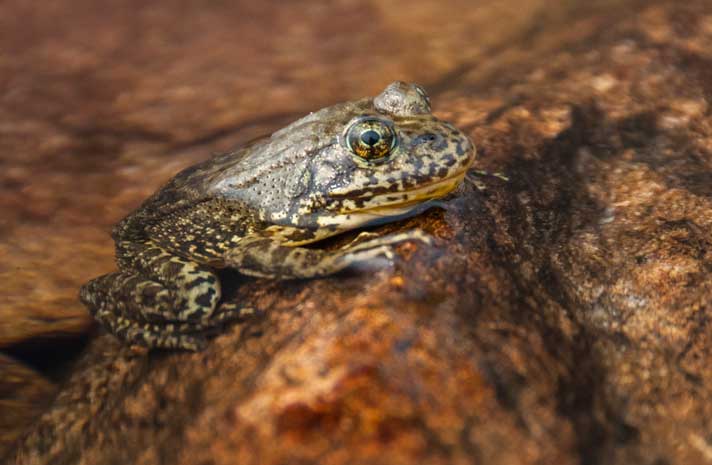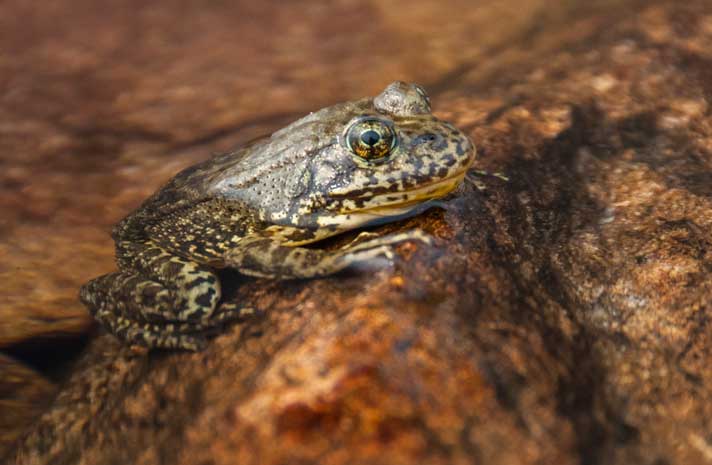The Dorrance Family Foundation’s Animals of the Sierra Nevada Grant Program will help in the recovery of these amphibians.
In an effort to help with the recovery of the mountain yellow-legged frog (Rana muscosa), the Dorrance Family Foundation has given a $250,000 grant to the Sequoia Parks Conservancy to help the effort.

ISAAC CHELLMAN/NATIONAL PARK SERVICE
The Dorrance Family Foundation’s Animals of the Sierra Nevada Grant Program will help in the recovery of these amphibians.
The monies will be used to restore critical habitat of these amphibians, reestablish populations that have been lost, and bolster vulnerable populations and support the captive rearing programs at both the Oakland Zoo and San Francisco Zoo.
Researchers Infect Mountain Yellow-Legged Frogs With Chytrid Fungus In Order to Save Them
Mountain Yellow-Legged Frog Recovery Effort Experiences Challenges
"The National Park Service is grateful for the support provided by The Dorrance Family Foundation," Woody Smeck, superintendent of Sequoia and Kings Canyon national parks said in a press release out out by the National Park Service. "The grant will enable us to recover critical habitat for endangered species that are dependent on fragile, high elevation lakes and wetlands."
The Dorrance Family Foundation’s Animals of the Sierra Nevada Grant Program helps non-profit organizations in their efforts to preserve and protect, as well as help to recover at-risk and imperiled wildlife in the Sierra Nevada.
The mountain yellow-legged frogs are found in the alpine lakes of California as well as the San Gabriel Mountains and have been devastated by the chytrid fungus. as well as nonnative trout that used to be planted in the high altitude lakes by airplane. Some estimates put the population of frogs that have been wiped out by the disease and predation at 90 percent.


